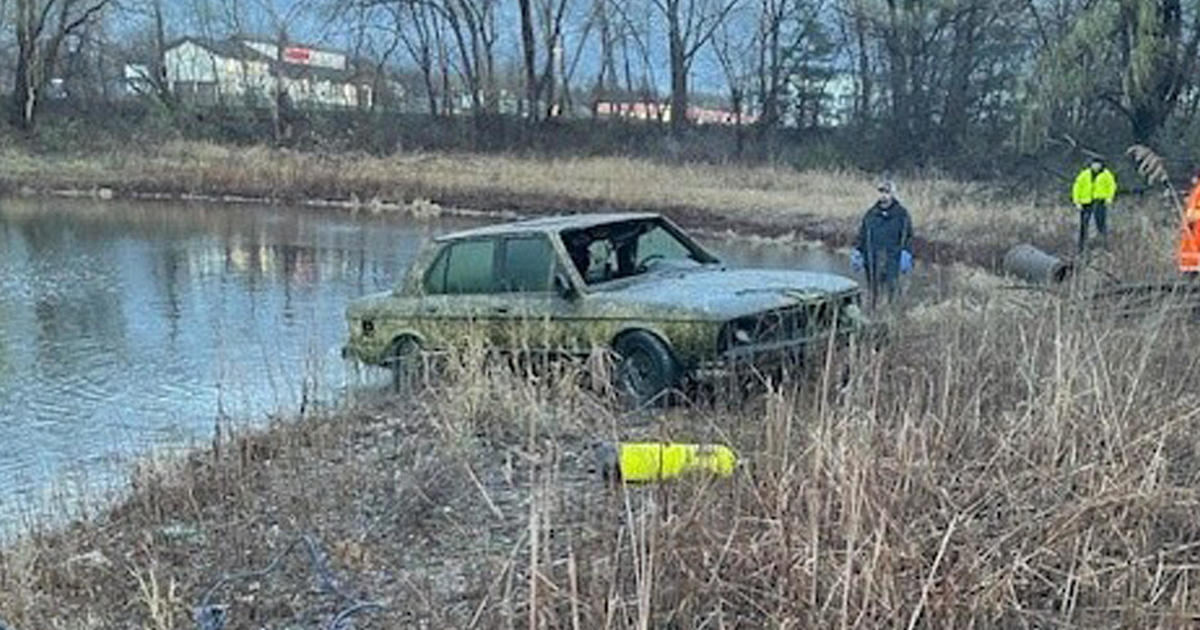Thousands Of Snowy Owls Fly South In Search Of Food
VERMILLION, Minn. (WCCO) -- As bad as winter has been in the Twin Cities, conditions are apparently much worse up in Canada. At least that's one of the major factors that's pushing a beautiful boreal creature to fly south.
True to its name, the pure-white Snowy Owl is turning up as far south as Florida and Arkansas in search of food. And all across Minnesota, birders and outdoor enthusiasts are spotting them along country roads and urban highways.
Over the frozen corn fields and fence rows of Dakota County, a rare gift of nature awaits. Wildlife photographer Lynn Bystrom was lucky enough to spot five of them on Wednesday. One of her most beautiful shots was taken of an adult snowy owl perched atop a farmer's irrigation system.
"[It's] something to do in Minnesota, something to do in Wisconsin during the wintertime," Bystrom said. "We don't get to see them that often, and so when you do them, it's pretty exciting."
Under normal winter conditions, the snowy owl is largely spotted far north, in the boreal forests of Canada. That's until, their favored dinner, the Lemming, disappears from their sight.
"So when the population (of Lemmings) crashes, now you've got all of these owls with no food left, so they move south looking for food," said the Audubon Society's Mark Martell.
Martell said that's a natural occurrence that happens every six to ten years. And when it does, the cameras, binoculars and spotting scopes come out in large numbers.
For Melinda Driscoll and her Audubon colleagues from Louisiana, being in Minnesota for the Snowy Owl irruption is a rare treat. Before flying home from a recent business trip they diverted to the fields of Dakota County to see for themselves.
"These have even gone as far south as Maryland and Arkansas. So it's pretty amazing, yes. They usually don't go that far south," Driscoll said.
And for wildlife photographers like Bernard Friel, seeing so many of the owls so close to the metropolitan area is a rare chance for the unusual -- to snap a true sight to behold.
Martell agrees, adding, "Even if you're not a birder it's just such a big and great looking animal that you don't have to be a birder to appreciate it."



